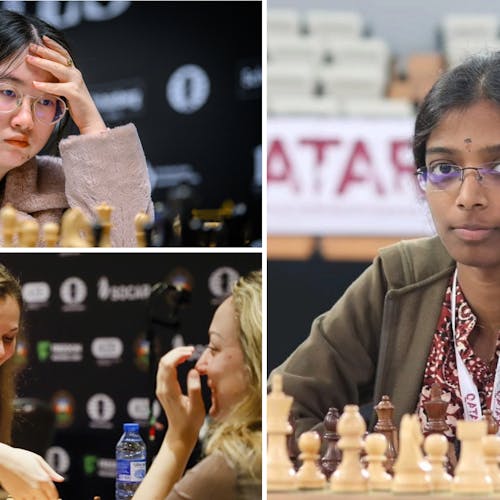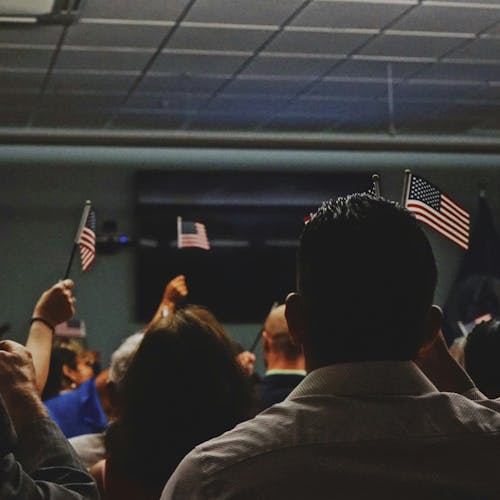MEJIA: Efforts must be made to address lack of Black scholars in law

Many schools pride themselves on having a diverse student body, but when looking at their higher levels of education, this image is not the same. Student diversity has become an advertisement that feeds into the needs of substantial change. Law schools have tried to announce their student diversity through brochures, websites and even billboards. The reality is that showing diversity through different forms of media does not hold up to the reality of diversity in law school campuses.
I was recently asked: “Why don’t Black students make it to law school?” It really got me thinking. Black students are, for the most part, unrepresented in law schools across the nation despite what law school advertisements aim to show. Why is it that an institution such as Rutgers University, which prides itself on having one of the most diverse student bodies across all three campuses, only has a collective total of 30 Black students between their Camden and Newark law school locations?
In 2018, out of a total of 564 first-year law school students at George Washington University, only 29 students were Black, according to the American Bar Association. Michigan State University College of Law had a first-year class of 208 students in 2018 that included only 11 Black students. University of Pennsylvania Law School, in their 2018 first-year class of 251 students, had 20 Black students, and Duke University School of Law, in a class of 235, had 15 Black students.
This question of “Why don’t Black students make it to law school?” has to deal with higher structural questions of racism that have historically kept Black students from gaining access to higher education. Obstacles to higher education to those in the Black community are not the images that are advertised on law school pamphlets.
Hauntings of Jim Crow laws and separate but equal educational policies, lack of funding in inner cities' school districts, the number of first-generation Black students without support systems, lack of financial support and lack of financial education are all obstacles that exist for minority students. These obstacles are hidden and are only experienced by those who are forced to live through them and those that are forced to negotiate their own paths.
Support for Black students and other minority groups in J.D. and other Master's programs is almost non-existent. The support that some programs offer Black students are just for advertising and not for the sake of creating substantial change. If this were false, I presume a higher number of Black students would be admitted into law schools all across the country. The truth is, there is a higher emphasis on an image of diversity than actual diversity.
In raising the number of Black students across law school campuses, I offer a couple of solutions. First is a support system for Black students that will allow them to be pushed forward beyond just undergraduate studies. When Black students make it into undergraduate studies, they are seen as raising that bar of success. Once they make it to that point, they are seen as better than the rest. Because they already reached that status, they are not expected to go beyond that.
Therefore, most times Black students in their undergraduate studies do not have a system of support to help them reach higher goals because they are not expected to reach beyond their current academic standing. Not only is it important to provide support for Black students to assist in getting them to law school, but also it is essential to provide the support to help them remain in law school.
Secondly, faculty diversity in higher education should be highly supported and implemented in law schools across the country. Diversity in staff allows for students to have the opportunity to relate to their professors and advisors in terms of life experiences, not to say that all Black people have the same experiences. If students are able to see themselves in their mentors, they can also see themselves reaching that success.
There are many reasons for the lack of Black students on law school campuses that I have not considered, and many institutional obstacles that still persist. Educational programs across America hold many disparities that stretch across class lines and racial lines. Funding is given to schools with the best test scores, which continues on with the tradition of excluding Blacks and other minorities from the educational system. Not to mention just outright discrimination and racism.
The question of “Why don’t Black students make it to law school?” goes deeper than just one answer, and the solution truly has to come from institutional changes.
Marielis Mejia is a School of Arts and Sciences sophomore majoring in political science and women's and gender studies. Her column, “Feminism In The World,” runs alternating Wednesdays.
*Columns, cartoons and letters do not necessarily reflect the views of the Targum Publishing Company or its staff.
YOUR VOICE | The Daily Targum welcomes submissions from all readers. Due to space limitations in our print newspaper, letters to the editor must not exceed 500 words. Guest columns and commentaries must be between 700 and 850 words. All authors must include their name, phone number, class year and college affiliation or department to be considered for publication. Please submit via email to [email protected] by 4 p.m. to be considered for the following day’s publication. Columns, cartoons and letters do not necessarily reflect the views of the Targum Publishing Company or its staff.



